The tourists' guide to UK parking regulations
Renting a car for your holiday in the UK? Get to grips with parking regulations in our accessible guide.
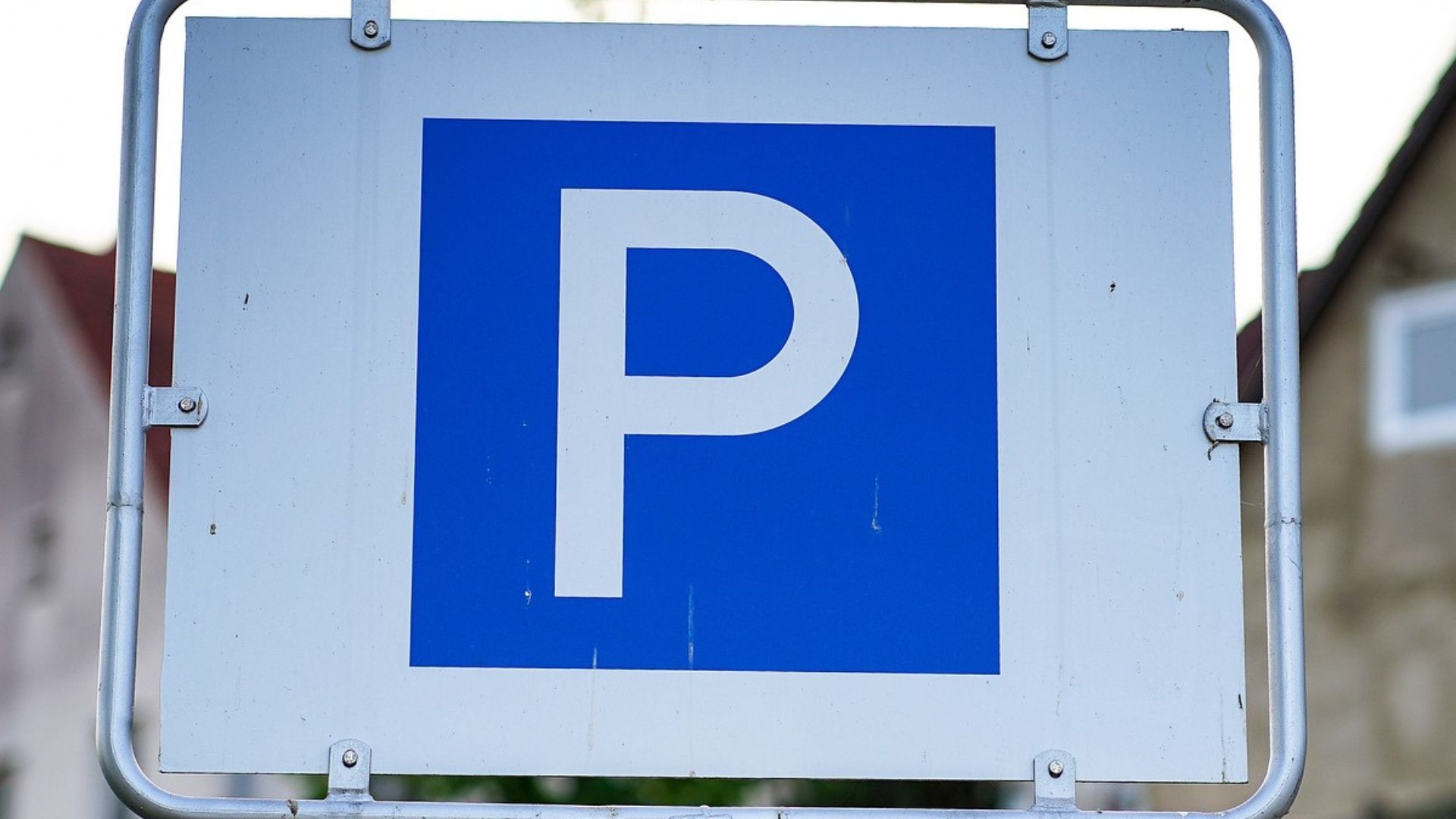
The USA and Britain, George Bernard Shaw said, are "two nations separated by a common language".
This remark can be interpreted in different ways – but one reading would be that North Americans and Brits struggle to communicate because of the subtle differences in their uses of English.
They speak the same language, sure. But for "lift", read "elevator". For "trousers", read "pants". And on it goes.
If George Bernard Shaw were alive today, he might also observe that the world is a collection of nations divided by common parking regulations.
In other words, you can probably guess the broad rules in most countries. But relying on common sense alone can lead to a fine, not least because the rules are subtly different from country to country.
If you're holidaying in the UK and have rented a car, you don't want to feel the long arm of the law reaching into your travel belt and taking money for a fine. That's why we've put together this simple guide to parking regulations in the UK. Enjoy your trip!
No stopping or no waiting = no parking?

If there's a "no stopping" sign or a "clearway" sign – a red cross on a blue circular background – you can't stop at all. This means no drop-offs, load-ins or pick-ups.
"No waiting" and "no parking" signs, however, indicate that you can stop briefly but can't stick around.
As you read through this article, one theme will emerge: always read the signs. They will often contain information about the hours when you can and can't park.
If you see a combination of a "no waiting" sign and a yellow line, for instance, you can't wait there during the hours specified on the sign.
A "no waiting" sign in combination with double yellow lines, however, tells you that you can't wait or park there at any time.
Where are the best places to park?
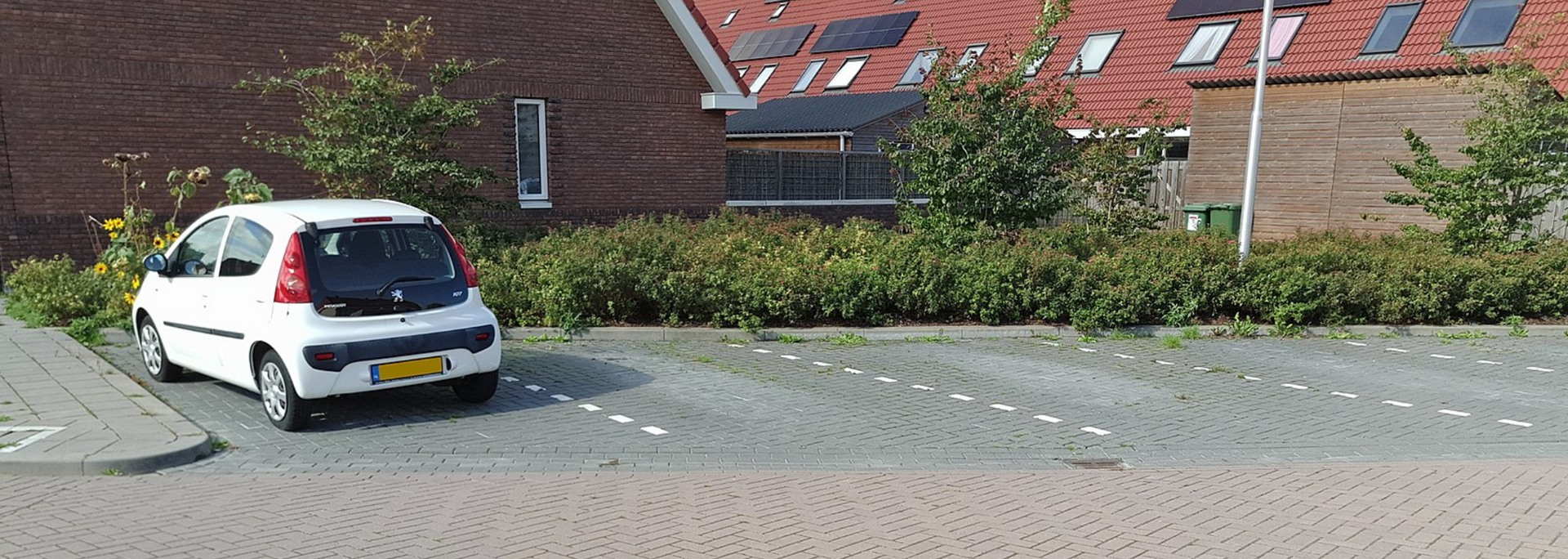
When driving a rental car in the UK, the easiest and safest place to park is a designated parking bay. This could be marked on the roadside or in a car park (parking lot) and will be signposted with a large white "P" on a blue background.
Designated parking bays are typically under CCTV surveillance, meaning your car is safer than elsewhere. They also tend to be situated close to shops and other amenities.
We'll say it again: read the signs. Some parking in the UK is free, but you often have to pay – and how long you can spend in the car park will change from place to place.
Single yellow lines
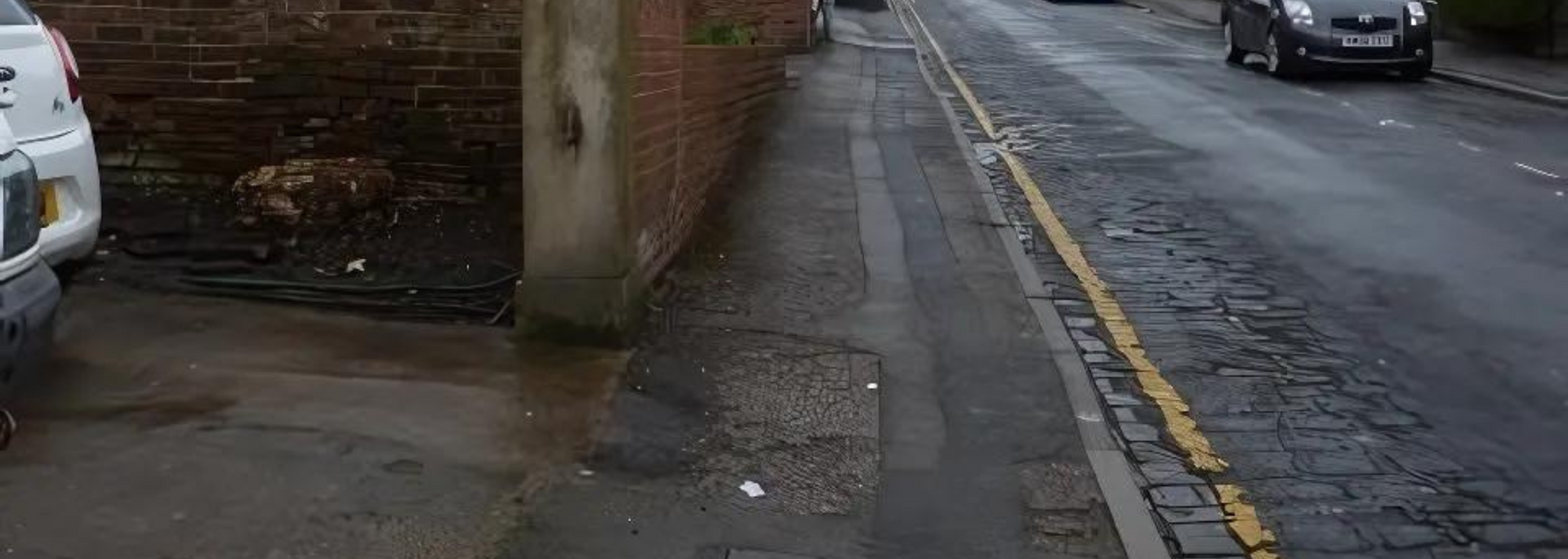
If there's a single yellow line running along the pavement, you can't wait or park during the hours on the sign.
At the time of writing, there are no standardised hours for single yellow line parking. So. Always. Check. The. Sign. You'll thank us later!
Unless the sign says otherwise, you can typically drop off or pick up a passenger on a single yellow line.
If the line has small yellow lines at right angles stretching onto the pavement itself, you're not allowed to load or unload, period.
Double yellow lines
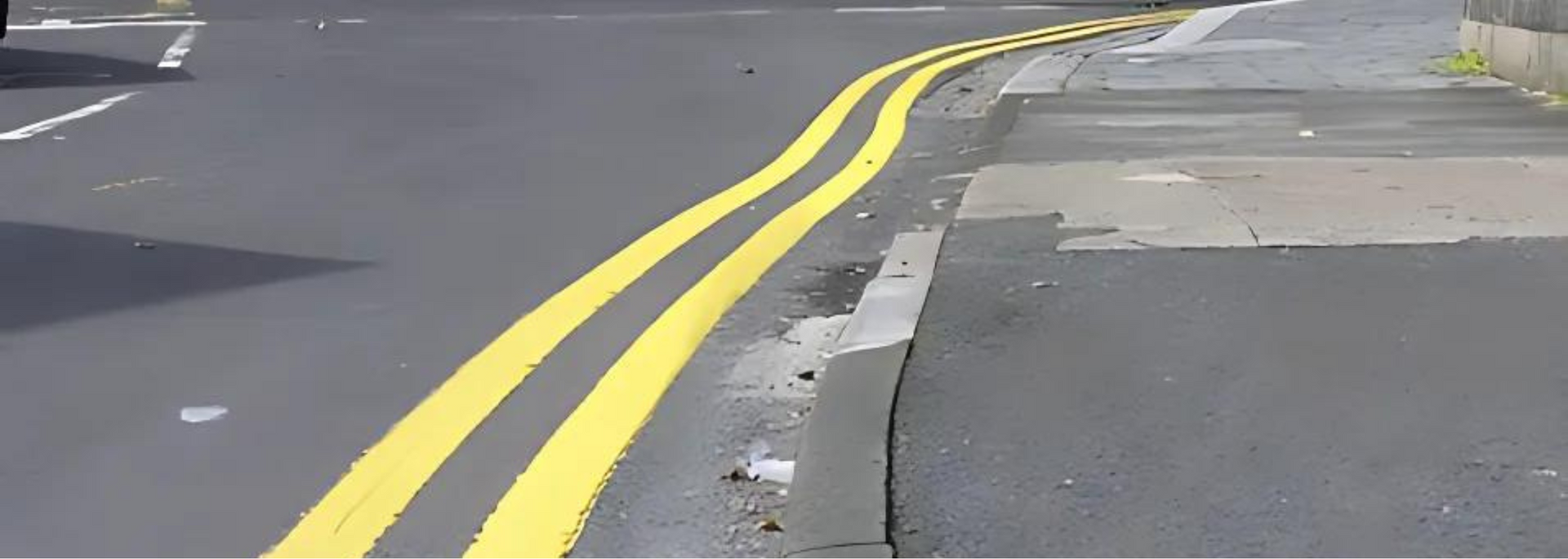
The Highway Code calls double yellow lines "a prohibition of waiting at any time even if there are no upright signs". In other words: assume you can't park there.
As with single yellows, short yellow lines extending from the double lines onto the pavement mean you're not allowed to load or unload at any time.
Yellow zig-zags
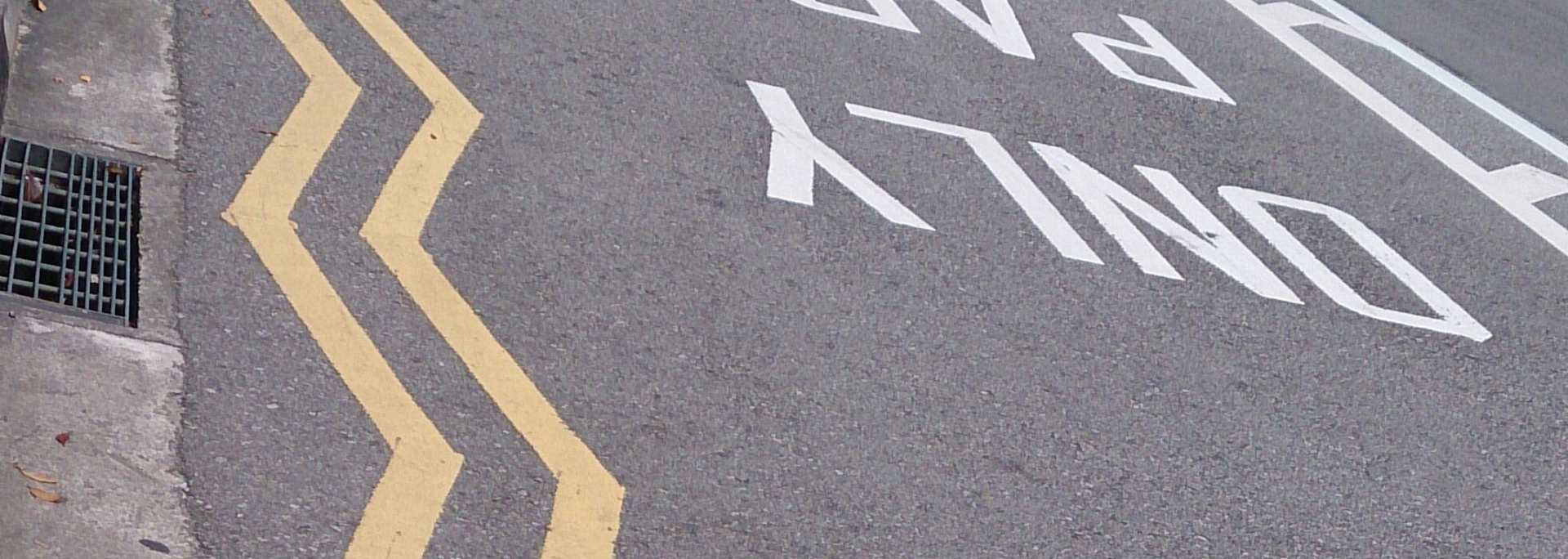
If you're near a hospital, school, or emergency service building or bay, you may see yellow zig-zags on the road. These tell you that stopping and waiting are strictly prohibited.
Sunday parking
You might think parking regulations differ on a Sunday – but this isn't always the case. As always, check the signs for the information you need. The same goes for Bank Holidays.
Single and double red lines

In many busy cities, including London, Birmingham and Edinburgh, there are "red routes" on main roads. A single red line tells you not to park, stop or load at specified times. A double red line tells you not to park, stop or load there at all.
The difference between yellow and red lines, in case you were wondering, is the difference between "stopping" and "waiting". On yellow lines, you can typically stop briefly to load or unload – or while passengers get in or out. This is defined as "stopping" but not "waiting".
On red routes, you just can't stop. Doing so would put yourself and others at risk.
But, again. Check the signs. The signs rule all.
Single white lines
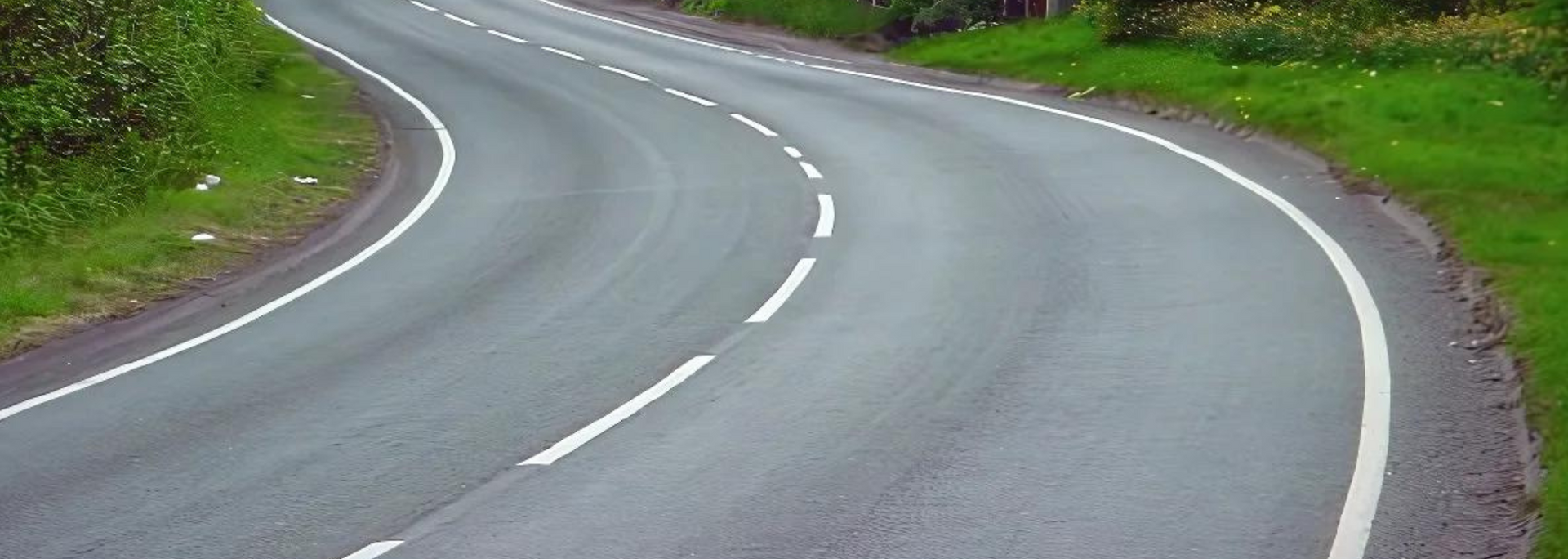
This one is nice and simple. If there's a solid white line running alongside the pavement or edge of the road, you can't park – no excuses.
Parking on residential streets

In the UK, residential streets sometimes have on-street parking. These are often for permit holders only – and to get a permit, you need to live in the area.
Always. Check. The. Signs to see if you can park in an on-street bay without a permit at certain times.
If there are no signs saying otherwise, you're free to park on residential roads for as long as you like. Just make sure to watch out for yellow and white lines!
What's the penalty for parking in the wrong place?
If you're caught breaking a parking regulation, you'll get a penalty charge notice (PCN), commonly known as a "parking ticket".
The PCN will tell you the fine you have to pay. The amount will depend on where you were parked. But to take one example, parking on a double yellow line will get you a fine of £70.
What if I get a fine on my rental vehicle?
If you do get a parking ticket on your rental vehicle, the main thing is to deal with it ASAP. You have 28 days to pay – and the fine can halve if you pay it within the first 14 days.
You should make sure to tell your rental company immediately. Dealing with it quickly means you can forget all about it and enjoy the rest of your holiday!
Coming to the UK for a holiday and want to
rent a car in Newcastle? Don't hesitate to
get in touch with MVH Rental for a quick, competitive quote.











